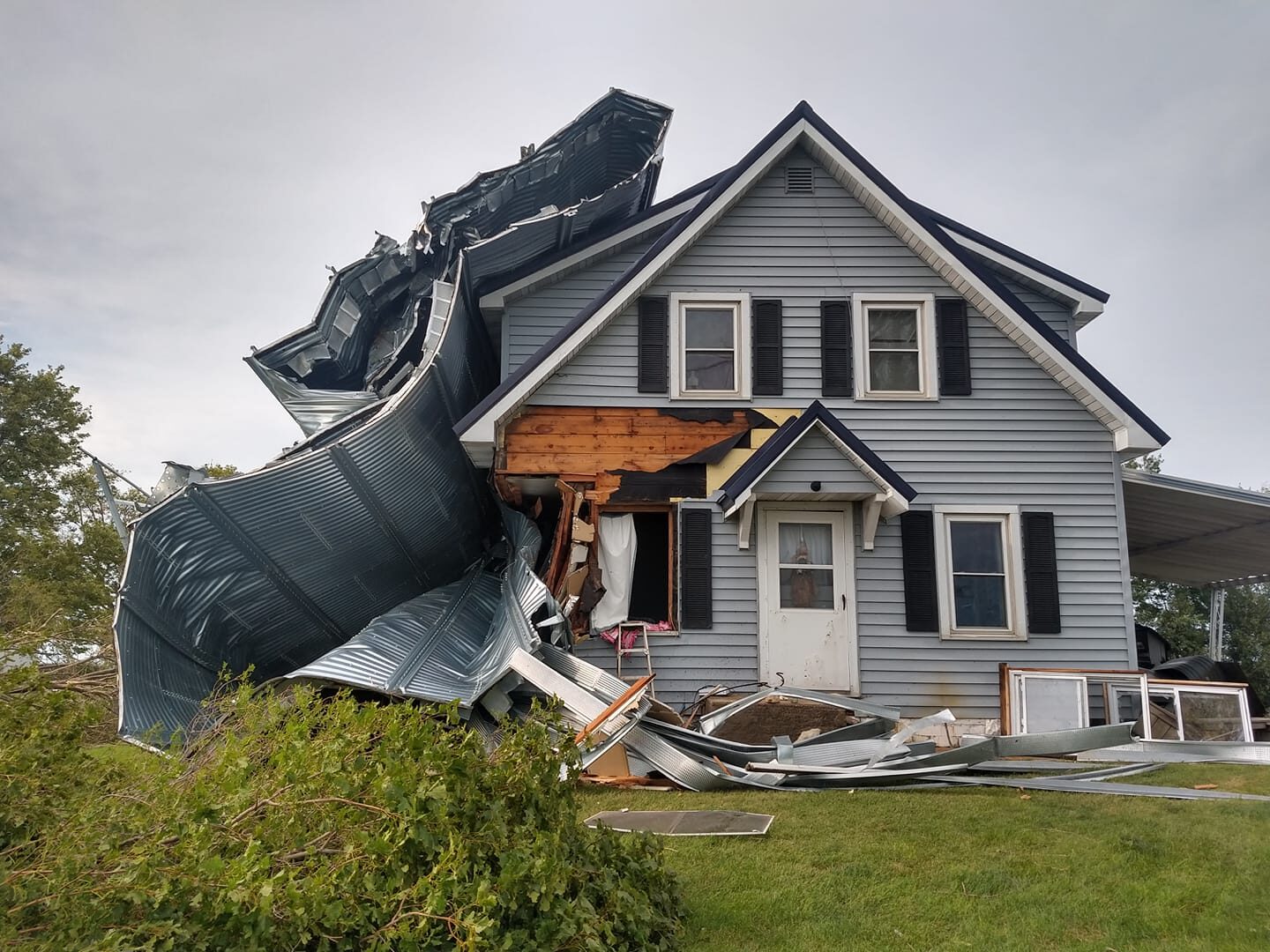Learning to prepare
The unprecedented events of 2020 certainly influenced my climate change classes. My students and I often discussed the similarities and differences between the COVID-19 pandemic and climate change as problems for both science and society. At the beginning of a Fall 2020 course, I asked my students to consider the following: How would the pandemic and our response to it affect climate change?

Illustration revealing structure of novel coronavirus, U.S. national public health institute, Jan. 31, 2020.
In examining that subject, one of the things we learned was the frequency of pandemics. It seems it is reasonable to expect a pandemic every decade or so. Of course, epidemiologists have known this for years and they have made efforts to plan and prepare for pandemics. A legitimate question arises about whether or not society learns from one pandemic how to be better prepared for the next. The answer is sometimes we do, sometimes we don’t. It may be a valid conclusion that humans do not demonstrate a good history of learning, especially when operating in governments and societies.
This is important to me because one of my mantras is that the environment provides case studies we can use to plan for the future. This is increasingly true as the effects of global warming emerge ever more rapidly. Indeed, my target in teaching is to develop people who learn to be prepared. Then as they become leaders, they will extend their collective reach to make societal change. However, the barrier to collective learning from one disaster to the next is discouraging.
Compounding crises
The pandemic and coincident climate-related disruptions offer us a use case of simultaneous, or compounding, crises. In the case of 2020, the COVID crisis was compounded by extreme weather events that displaced people across the U.S. Conversely, the pandemic compounded the already-challenging crises of evacuating and sheltering victims of violent storms.
You may recall that five tropical storms/hurricanes made landfall in Louisiana, and a derecho damaged more than 90 percent of the structures in Cedar Rapids, Iowa. Likewise, we saw record wildfires displace Americans throughout the West. These events in the U.S. bring the problems close to home; however, they pale in comparison to crises people face elsewhere. In many instances, COVID and climate are compounded with conflict and pre-existing crises. Some of the pre-existing crises are related to previous environmental calamities that people have suffered.
In the early months of 2020, I read articles about how the pandemic painted an encouraging schematic for crisis management. I also saw pieces on how the pandemic would initiate a downward shift in global carbon dioxide emissions. But the United Nation’s Provisional Report on the State of the Global Climate 2020 shows there is little such benefit. Indeed, even the most likely positive outcome of reduced carbon dioxide emissions is not emerging. The sobering report states: “The temporary reduction in emissions in 2020 related to measures taken in response to COVID-19 is likely to lead to only a slight decrease in the annual growth rate of CO2 concentration in the atmosphere, which will be practically indistinguishable from the natural interannual variability driven largely by the terrestrial biosphere.”
What is most striking in the report is the compounding of COVID and climate has amplified the peril of the most vulnerable people. There are new and challenging barriers to delivering aid and sustaining programs. The divide between rich and poor is exacerbated.
What’s the plan?
In class, we tried to challenge the naïve thinking about COVID and climate change and take a more active role. We recast our original question: How do we use the pandemic’s disruption to advance efforts to address climate change?
One student cited the opportunistic nature of making progress. So what is the potential opportunity moment from the COVID pandemic? Concerning the global issues, it is likely energy. The fossil fuel industry has seen severe disruption. There have been advances in renewable energy. There is expanding awareness of the damage caused by climate change. There has been reflection on what is important to our wellbeing and reflection on the role of science in society. There is rational, substantive reasoning and motivation to accelerate the decarbonization of energy. However, this will not occur magically; it will require the conscious direction of policy and behavior.2020 will go down as another year of record accumulation of heat in our environment. 2021 will bring more of the same. From a U.S. political perspective, we have a four-year window during which we need to regain traction for science-based approaches to climate change and other problems. We need to use this opportunity for the betterment of society. We cannot just expect this to happen. We have to plan, think through scenarios, make opportunities, and then be prepared to use them.
(Top image: Destruction wrought by Iowa derecho, 2020.)





Paul Gross - 1983
I’ve been saying it all pandemic long, and I’ll say it again: the one thing that COVID has done that helps with climate change communication is teaching the public what “flattening the curve” means. I’ve been saying for years in my climate change lectures that we need to SLOW the planet’s rate of warming. In the same way that everybody understands the ramifications of large peaks in the COVID curve and how slowing the rate of infection lowers those peaks so the healthcare system isn’t overwhelmed, it is now easier for people to grasp the concept that “lowering the climate curve” will likely head off some of the most serious ramifications of the rapid climate warming. I guess this is one good thing we can say about COVID. That and doing Zoom calls in a shirt, tie and sweatpants.
Reply